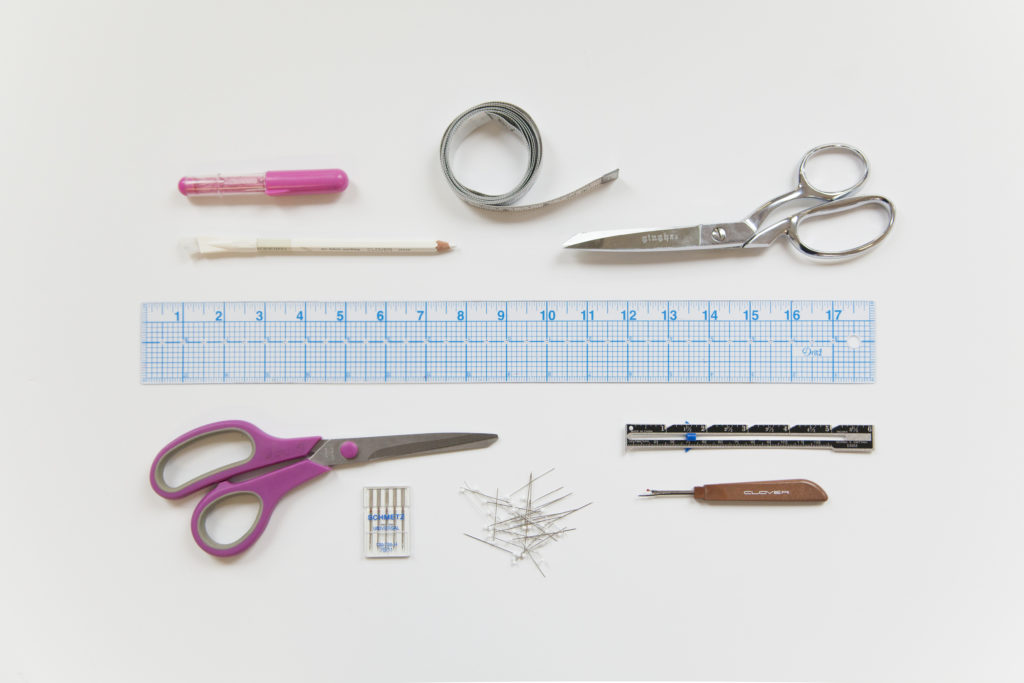
Building a small but effective arsenal of sewing tools helps you to cut and sew more accurately and with greater ease. The following list is a great place to start as you begin to build your sewing toolbox.
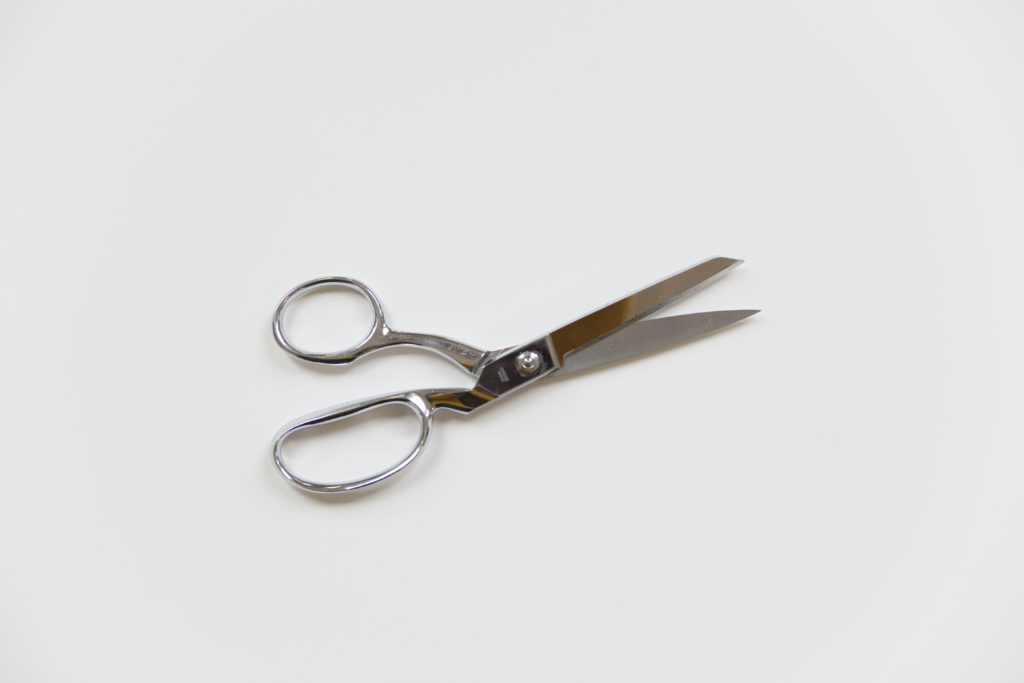
Fabric Shears
Fabric shears are one of your most important sewing tools. Fabric shears are different from most household scissors in a few ways. Their handles are bent (off-set) rather than centered. A good pair of fabric shears is also crafted from high-quality metal meaning they can be sharpened year after year, lasting you a lifetime.
There is a huge variety of fabric shears available. A pair of 8” knife edge shears are a multipurpose pair that is large enough to be efficient, but small enough to cut around tight curves. Fabric shears are for fabric only, and you should not use them on paper.
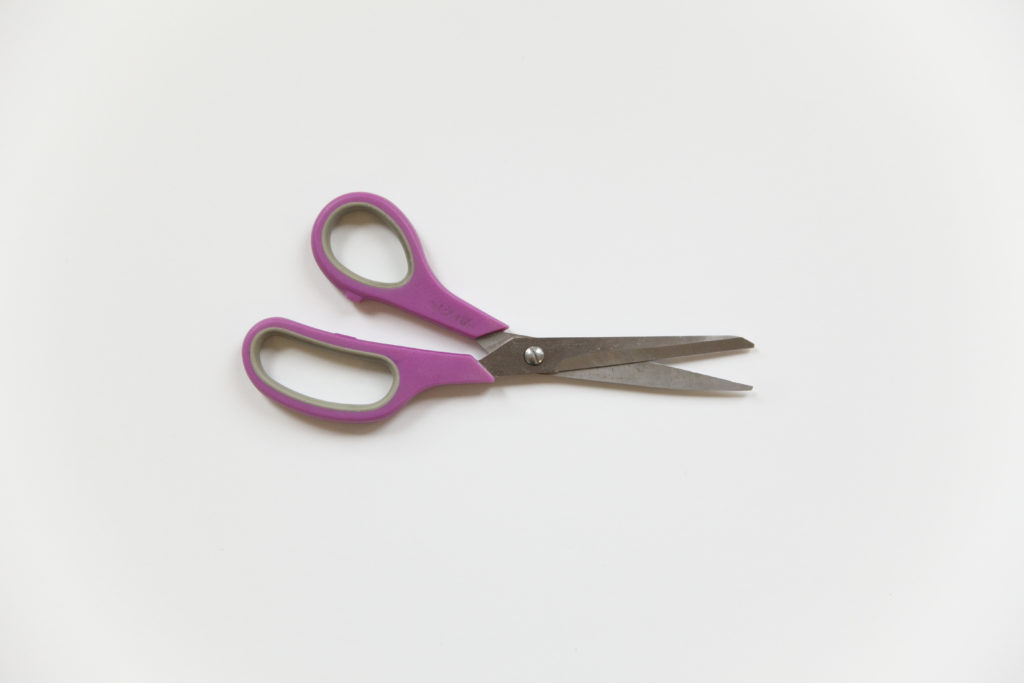
Paper Scissors
You will also need a pair of standard household scissors for cutting paper patterns.
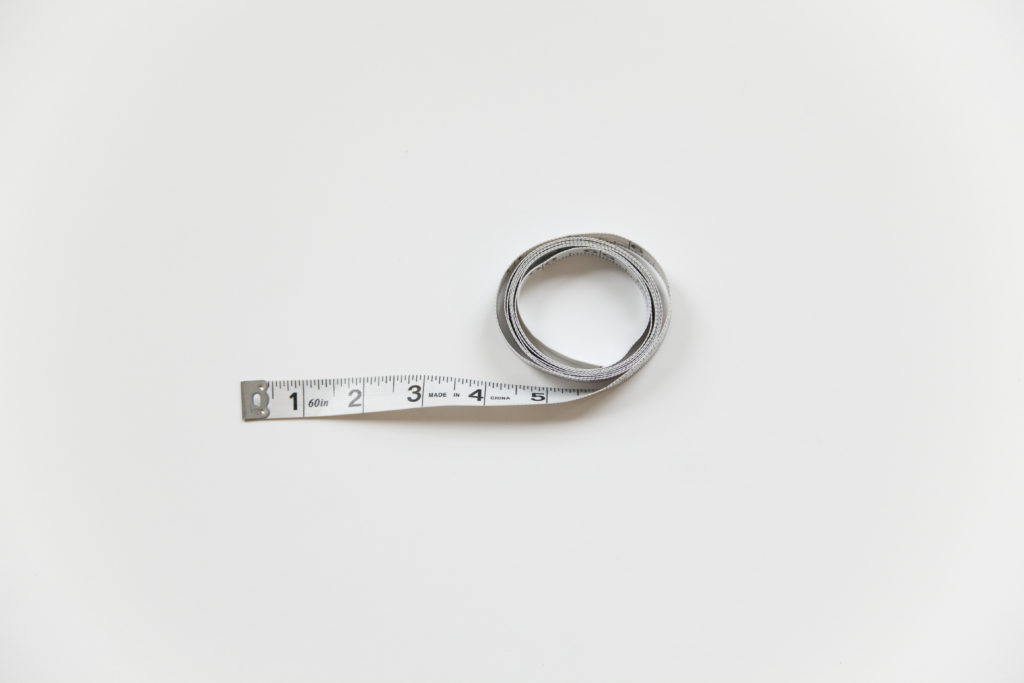
Tape Measure
Making clothing for yourself means becoming intimately acquainted with your body measurements. Taking accurate measurements is essential to getting a good fit.
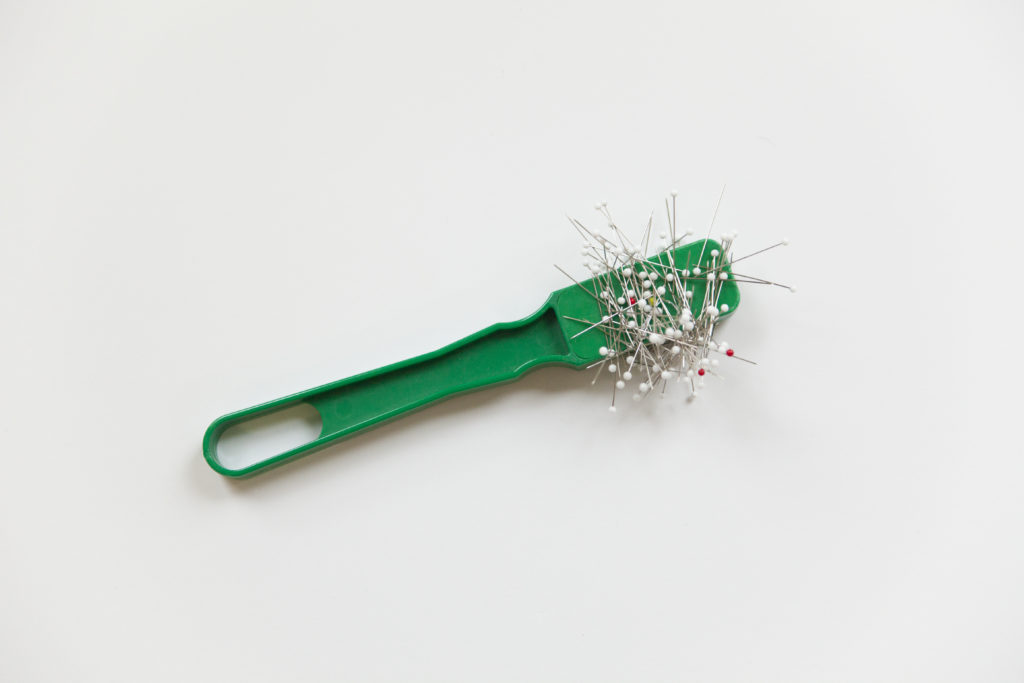
Pins and Pin Cushion
Pins act as an extra set of hands when cutting and sewing. During the cutting process, pins are used to secure your sewing pattern to your fabric, helping to keep everything stable as you cut. When sewing, pins are used to temporarily hold two fabric edges together as you sew. More pins = more control!
Spare your sewing machine’s needle by avoiding sewing over pins. Sewing over pins can break needles and disturb the timing of your sewing machine.
You will also need a pin cushion for storing all of your pins. This sewing essential comes in many shapes, sizes, and styles—the most iconic being the tomato-style pin cushion.
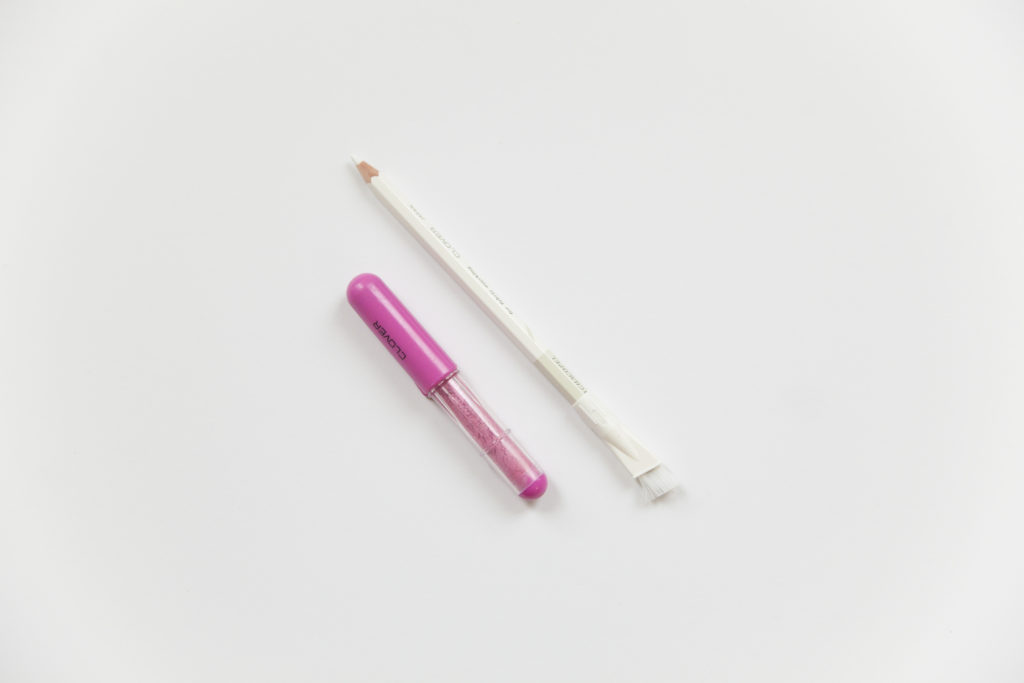
Chalk
Many elements of sewing require you to make marks on your fabric. Chalk or another marking tool (there are pencils and markers also!) is used to transfer marks from your paper pattern to your cut fabric. Look for water-soluble marking tools. This variety of marking implement is easily removed with water.
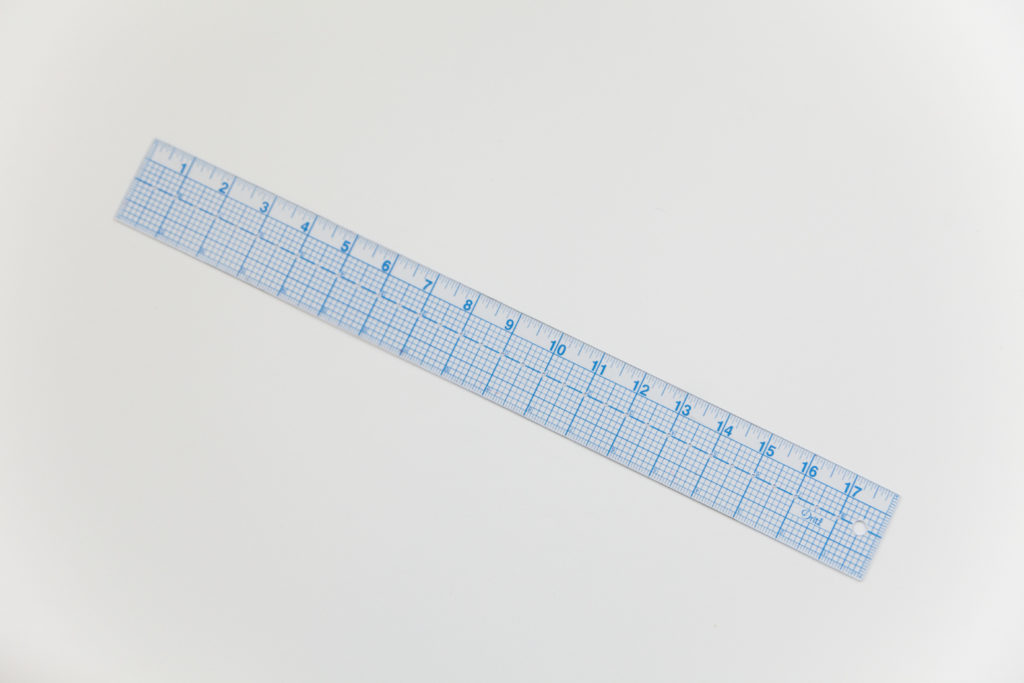
Clear Ruler
Measuring is an essential part of sewing, so it is only natural that you would have a ruler in your sewing kit. Look for an 18” x 2” clear ruler. Clear rulers are ideal for marking hems as well as aligning your pattern pieces with the grainline of the fabric.
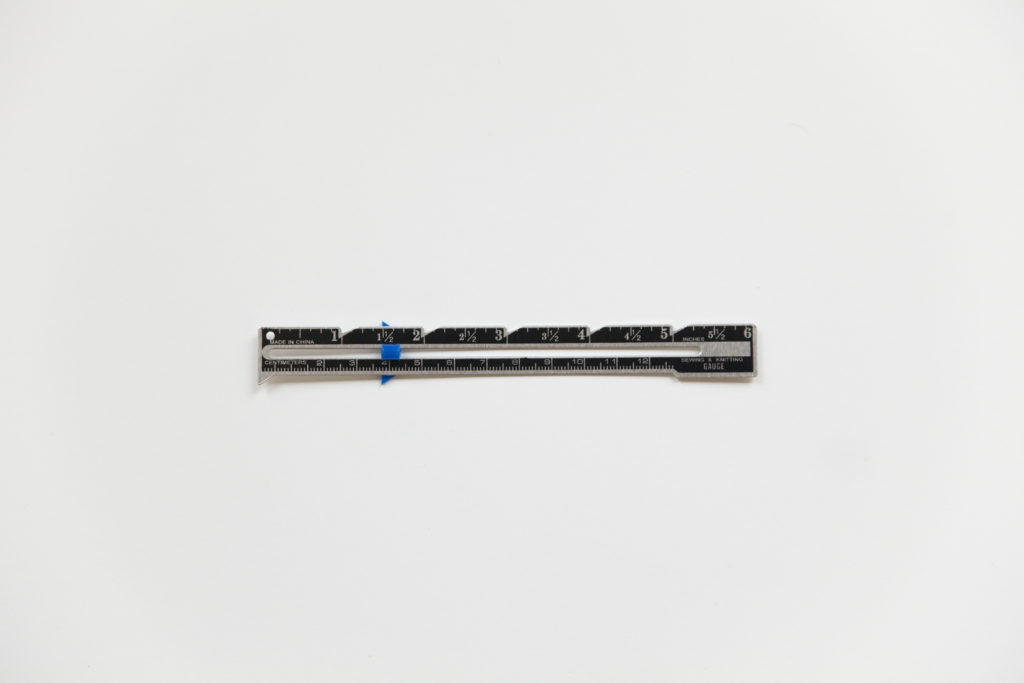
Seam Gauge
A seam gauge is a small metal ruler that has a sliding gauge. This tool allows you to easily mark small repeated measurements like buttons, pleats, and hem allowances.
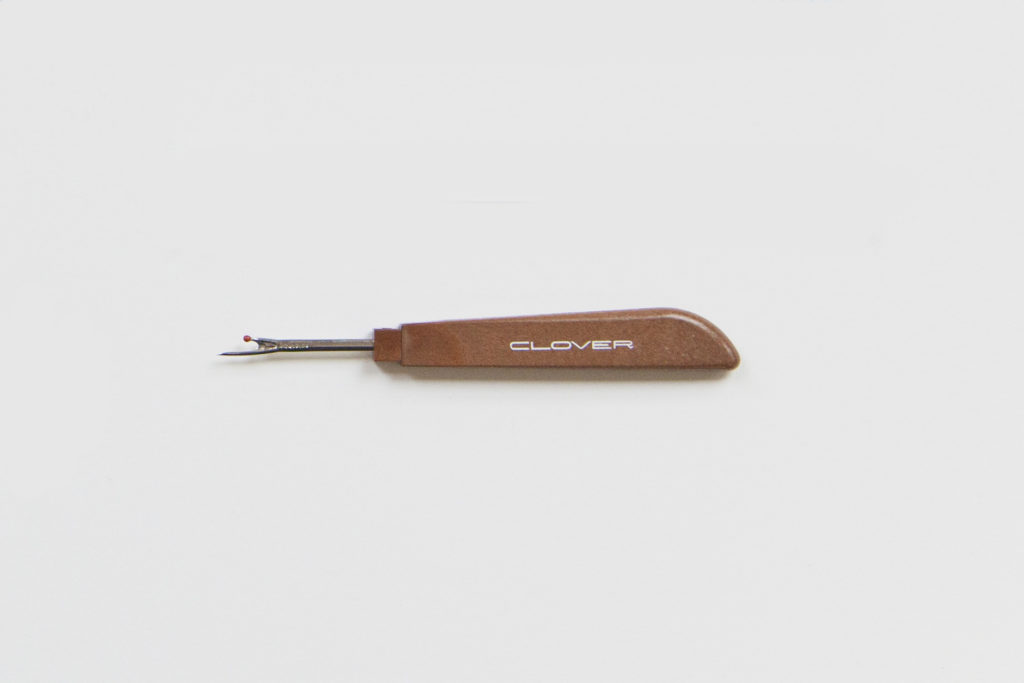
Seam Ripper
Sewing mistakes happen, even to the most skilled seamstress. The seam ripper is a magic undo button for sewing. Seam rippers have a small point to help get underneath small stitches and a tiny sharp edge that cuts through the thread.
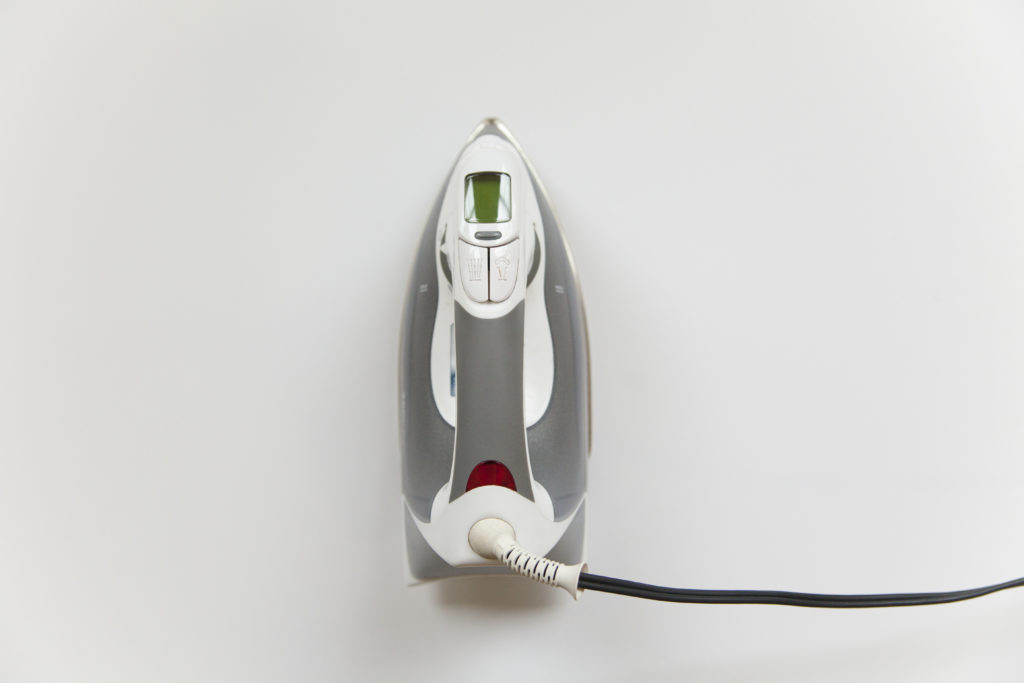
Steam Iron and Ironing Board
Pressing is the most overlooked aspect of sewing but makes a huge difference to your results. Look for an iron with good, adjustable steam and temperature. This will allow you to finetune the amount of moisture and heat you need for different fabrics. An ironing board is also essential for achieving a crisp professional finish.
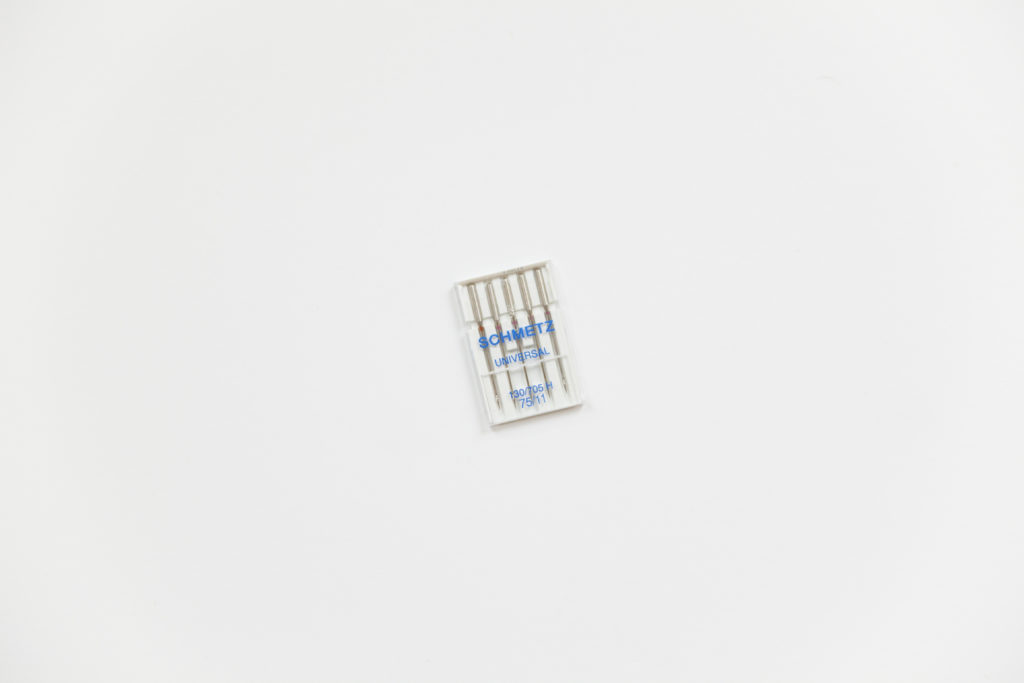
Sewing Machine Needles
Sewing machine needles come in a variety of sizes and types. The larger the needle, the heavier the fabric it was intended for. Universal needles are great all-purpose needles that can be used for a variety of fabrics. Size 70/11 needles are considered medium weight; they are ideal for something the approximate weight of a bed sheet. A higher number denotes a larger needle, while a lower number indicates a smaller needle. Your sewing machine needle should be replaced after 8 hours of sewing.
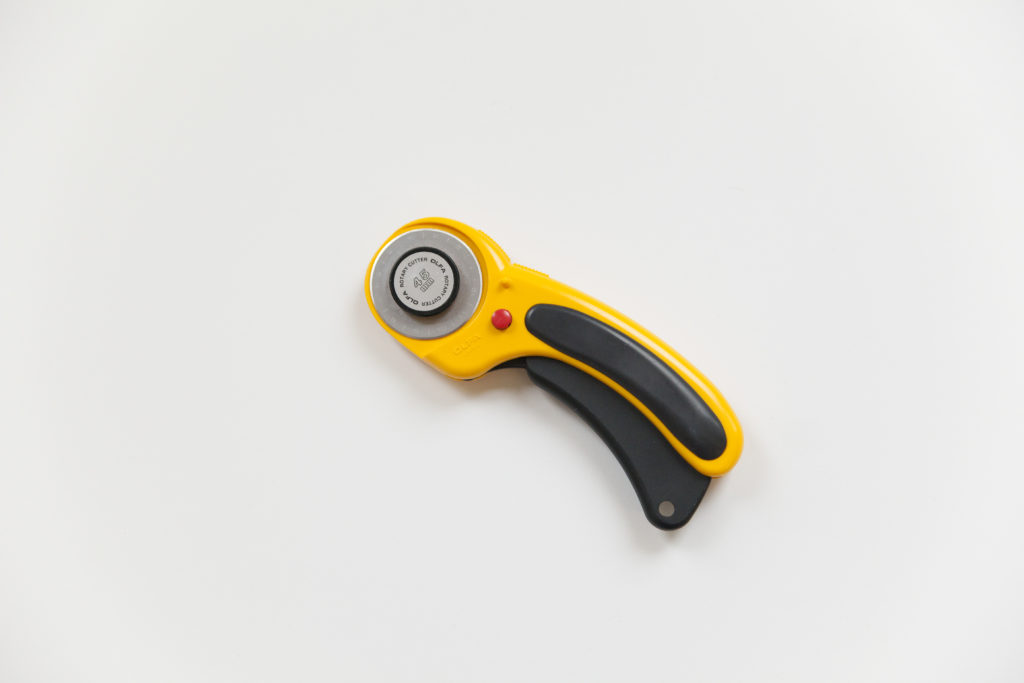
Rotary Cutter and Cutting Mat—(optional)
A rotary cutter can make cutting go twice as fast, and it is quite precise. It does require a cutting mat, which is the expensive part. Buy the biggest mat you can afford, and you will never look back.
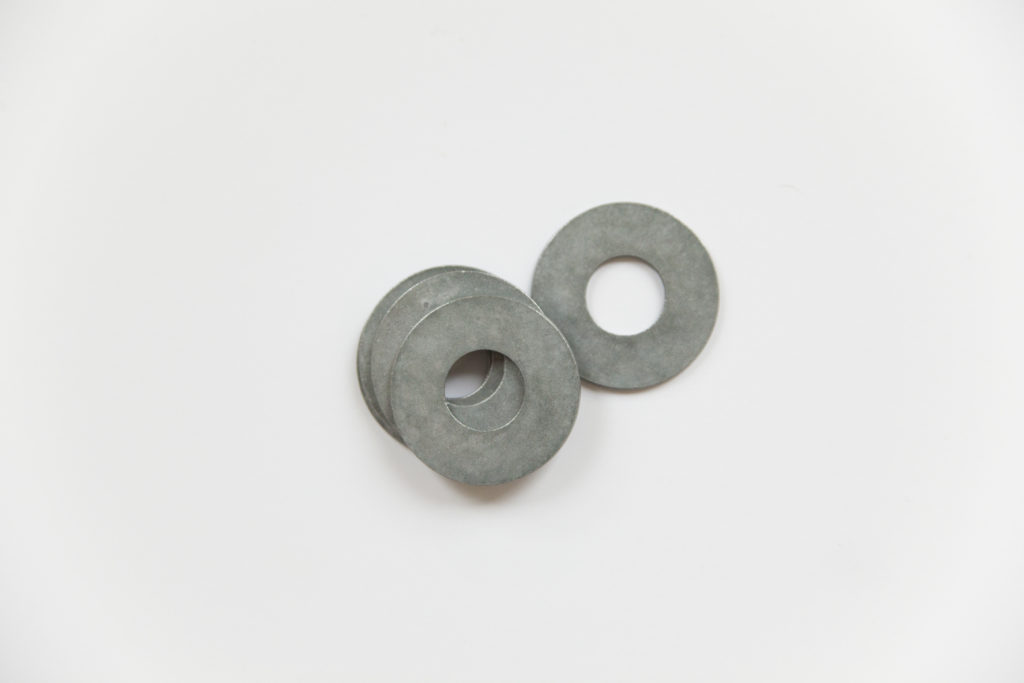
Pattern Weights—(optional)
These are particularly helpful if you choose to cut using a rotary cutter. You can buy small weights specifically for sewing, or use a small, heavy object like metal washers.
